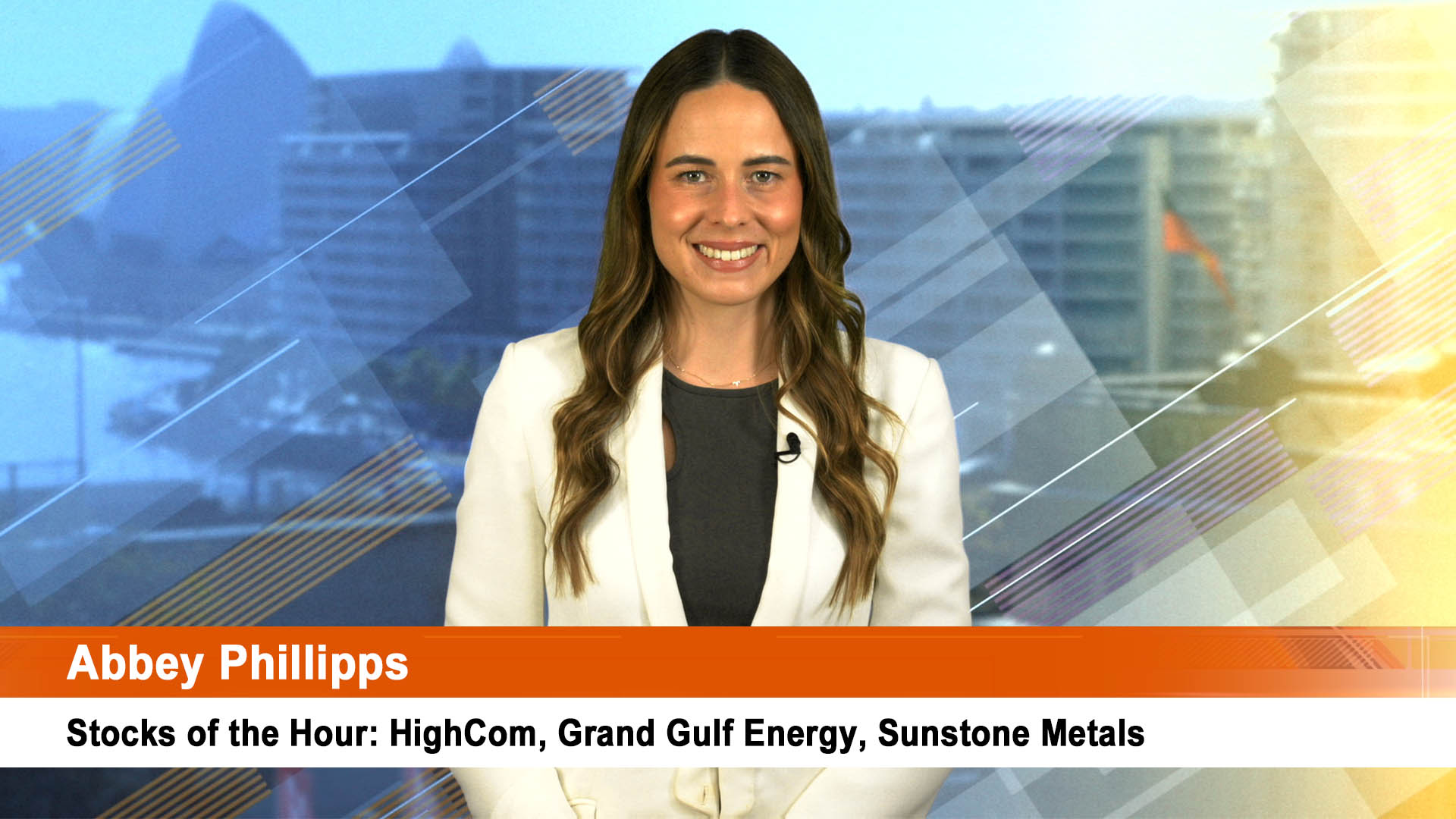Iron ore prices rose to their highest in nearly four months on Friday topping the $US74 per tonne, copper ended with a small gain, gold and oil both straggled. Wheat again fell, despite the big dry worsening across much of Southern Europe and parts of the US.
The Metal Bulletin said its 62% Fe Iron Ore Index price (including cartage and freight) was $US74.12 per tonne on Friday, up $US1.19 a tonne on the day and nearly 8% over the week from the previous Friday close of $US68.73.
Prices for steelmaking raw materials have all ended the week on an upward trajectory.
The Metal Bulletin said prices for all steelmaking raw materials “all ended the week on an upward trajectory.”
“A $20-per-tonne increase has shaken up the seaborne coking coal market, as a transaction involving a premium cargo was reportedly closed at $200 per tonne fob Australia on Friday. “
It could be a one off as premium coking coal prices had been trading around $US180 a tonne earlier in the week.
But with the Aussie dollar falling on Friday night as the greenback firmed, there could be a solid start to the week for major miners such as BHP, Rio Tinto and Fortescue.
The stronger dollar is why Comex gold futures settled firmly lower on Friday. The greenback jumped after the July jobs showed stronger-than-expected 209,000 new jobs were created last month, well above the market estimate of around 174,000.
The unemployment rate fell back to a 16-year low of 4.3%.
The data boosted shares and saw the dollar index rise (its biggest gain since January of 0.75%), hitting gold and oil (but not copper).
Comex December gold futures fell $US9.80, or 0.8%, at $US1,264.60 an ounce.
Gold settled on Tuesday at $US1,279.40—its highest level since June 8. It ended the week down 0.4%, according to FactSet.
September Comex silver futures dropped 38 cents, or 2.3%, to $US16.63 an ounce. Silver fell 2.5% over the week, its steepest drop since the period ended June 16 when it posted a 3.3% weekly slide.
But Comex September copper futures rose 0.7 of acent , or 0.2%, to $2.885 a pound. That left it up 0.5% over the week.
And Comex October platinum rose $US4.40, or 0.5%, to $US969 an ounce, and marking its seventh straight gains, and a weekly advance of more than 4%, its best weekly rise since January.
But wheat futures in New York fell to $US4.54 a bushel. It is now almost $US1 a bushel under its most recent high of $US5.33 hit on July 11.
Even though the dollar rose on Friday, oil futures resisted the trend and jumped sharply on the day. But that couldn’t wipe out a weekly loss.
Investors focused on a decline in rigs drilling for oil and next week’s OPEC meeting to assess compliance to an agreement to check global production.
West Texas Intermediate for delivery in September added 55 cents, or 1.1%, to $US49.58 a barrel.
For the week, WTI slipped 0.3%, thanks to Thursday’s sharp selloff.
In London, October Brent crude rose 41 cents, or 0.8%, to settle at $US52.42 a barrel. Brent ended the week down about 0.4%.
Oil prices added to gains after a report showed that the number of active rigs drilling for oil in the US fell by 1 to 765 this week, while those drilling for gas declined by 3 to 189, bringing the overall oil-and-gas count to 954 for the week down 4), according to Baker Hughes.
It was the third weekly fall in the past six weeks (but the falls have only been one and two, nothing substantial).
Investors in crude were hearted by the US jobs report for July and its underlying message of a solid economy.
The two-day OPEC meeting next week will include deliberation of to-date compliance levels to the output caps which is the second meeting to discuss this question in a month.













